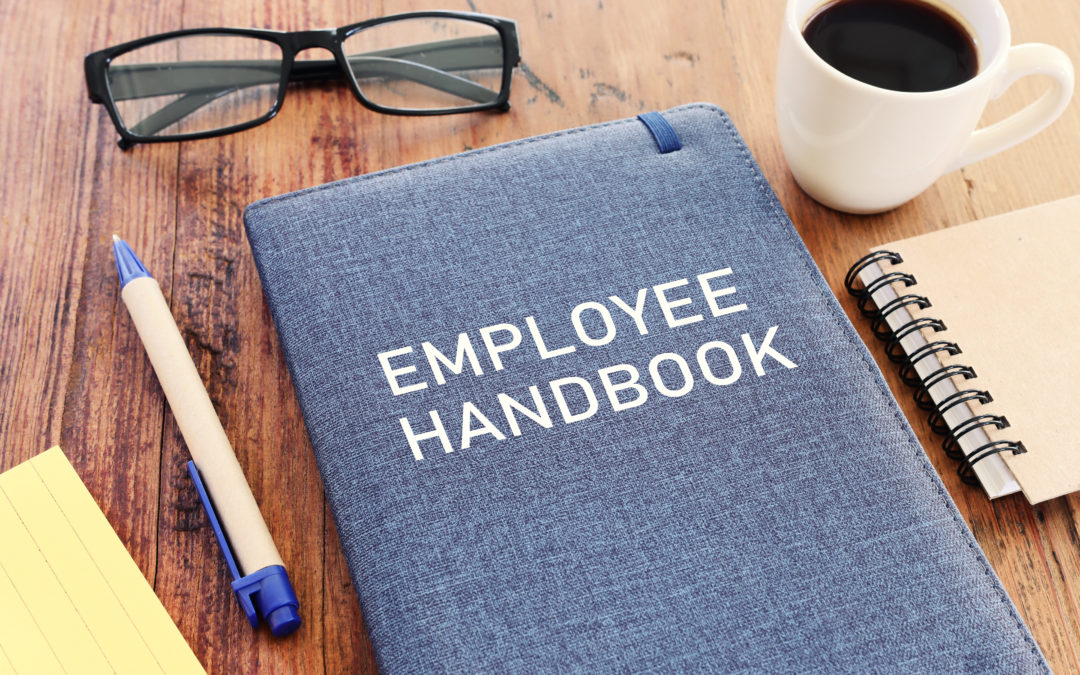Having an employee handbook is a must. Your handbook serves two important purposes: letting your employees know what you expect of them, and protecting your business in case there is a dispute. An employee handbook can be as simple or as complex as you want, but there are some general approaches, depending upon the nature of your business, that you need to consider. According to the Small Business Administration, your handbook might include:
- NDA: Some industries will benefit from having employees sign non-disclosure agreements, but it isn’t applicable to all businesses. If you trade secrets to protect, use it.
- Anti-Discrimination Policies: If your business is in the United States, discuss how you will comply with the Americans with Disabilities Act, as well as with other employment discrimination laws.
- Safety and Security: Lay out your policies on how you will keep your employees feeling safe at work, both physically and emotionally. U.S. businesses should discuss compliance with OSHA, as well as your own policies on bad weather and emergency situations, video surveillance, and so on. You should also include what you expect from your employees in this regard, including using passwords on computers, locking doors, using mobile devices to take photos of co-workers or in the office and publishing those photos online, or reporting threatening behavior.
- Compensation and Benefits: Define the benefits that you provide your employees, both those required by law and others that are unique to your business. Let them know how to receive the benefits, and what is required of them. Outline salary or compensation levels, and what it takes to get there.
- Work Schedules, Vacation, and Leave: Outline your business’s policy on schedules, absences, lateness, vacation and leave, absenteeism, and special requests. If you allow work from home/telecommuting, indicate clearly what is acceptable. Even if you have a “flexible” work schedule, you need to write down any expectations you have of your employees.
- Standards of Conduct: This might include dress code, behavior, online and computer use during work hours, use of mobile devices during work hours, ethics, legal aspects, and other similar topics. Outline the repercussions of breaking the standard of conduct so employees see it in writing. This is necessary if an issue arises later.
- General Employment Information: Your business will have its own policies and procedures apart from what the law requires. Clearly define what your policies are on work ethic, promotions, employee reviews, termination, referrals, employee records, and so on.
Be sure your employee has received a copy, reads it, and signs a statement acknowledging that they received, read and understand the employee handbook. Put that statement in their file. Make a copy of the handbook, either digital or paper, readily available to all employees for reference when they need it.
If you need assistance with your handbook, Highflyer can help! Click here to schedule a quick consultation to discuss your needs.



